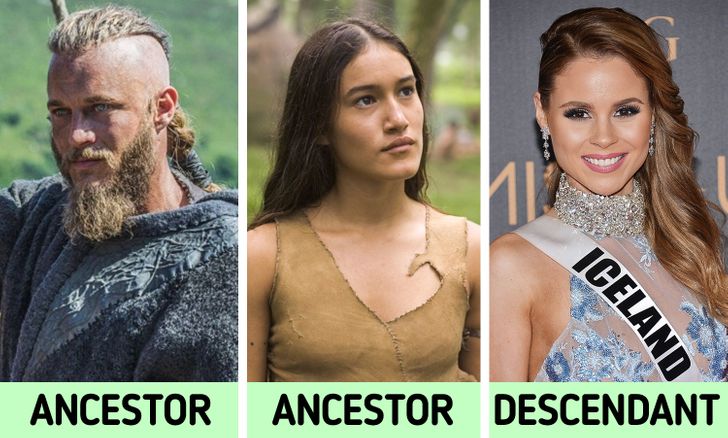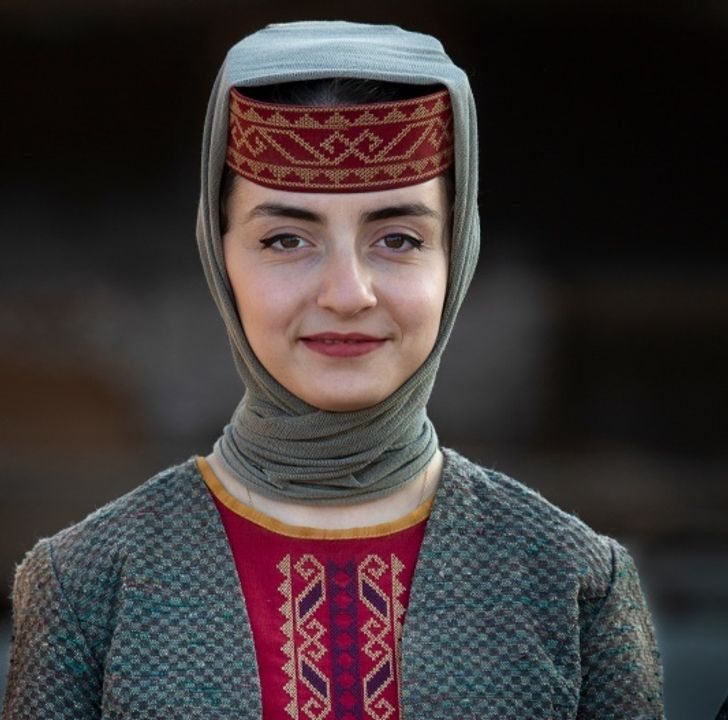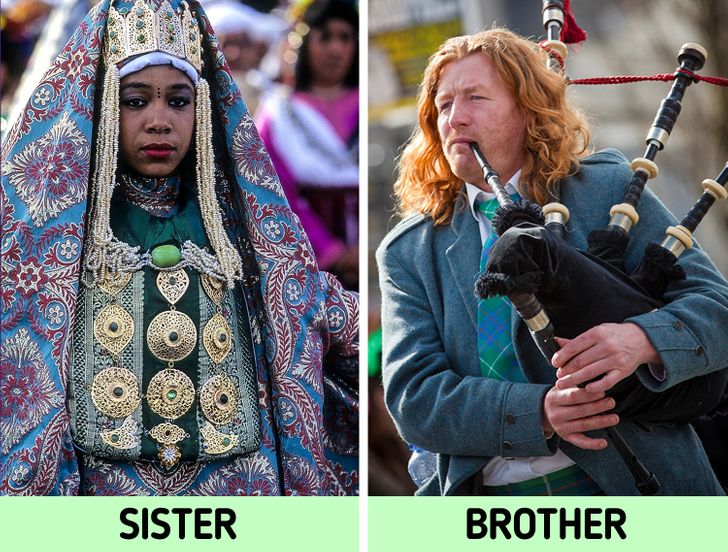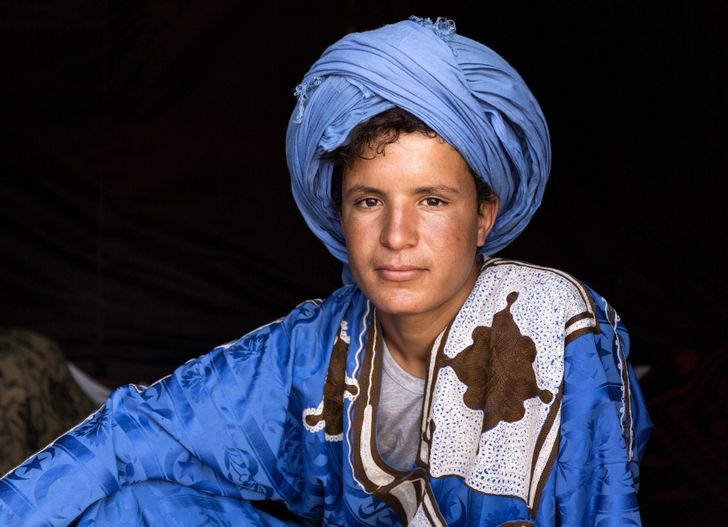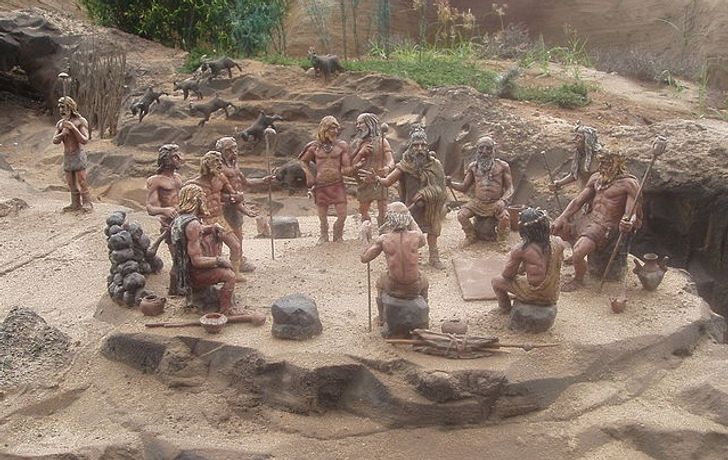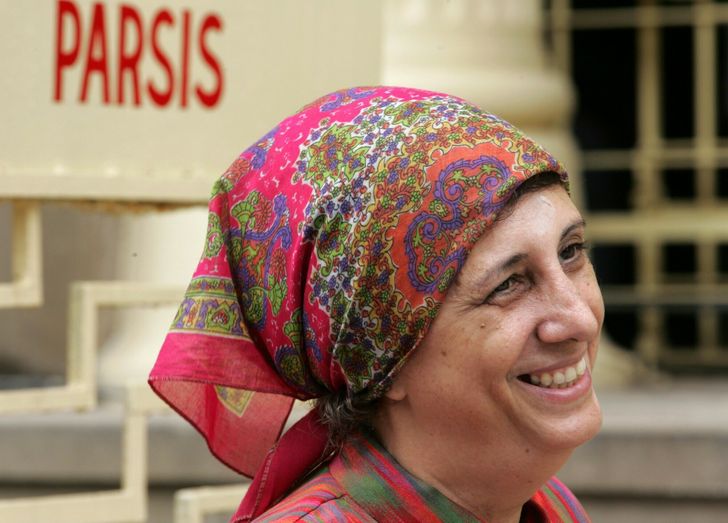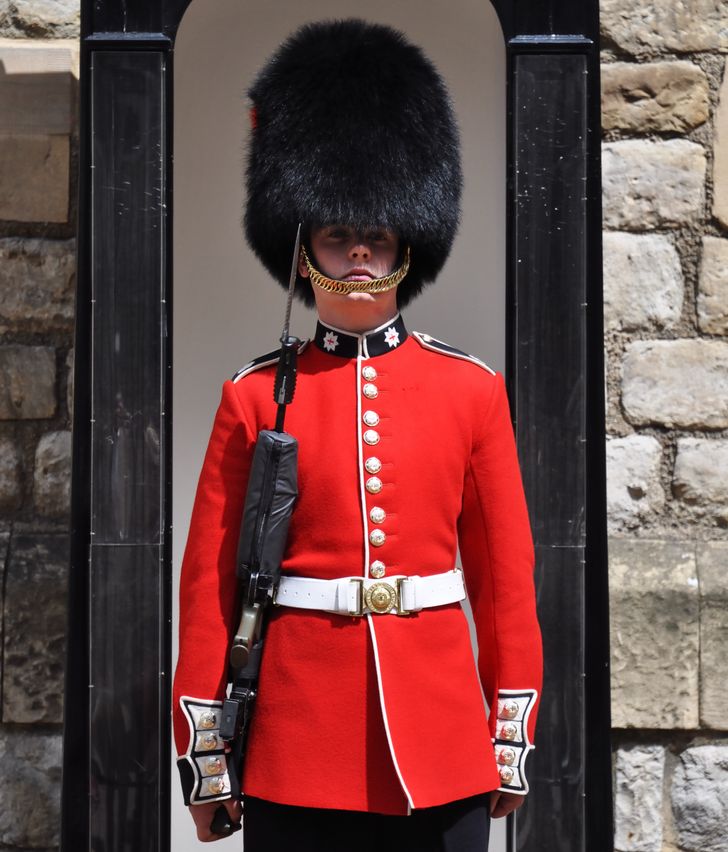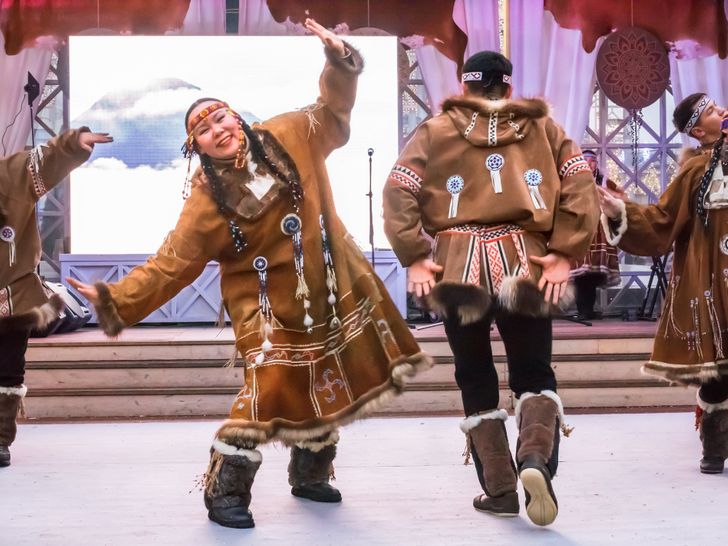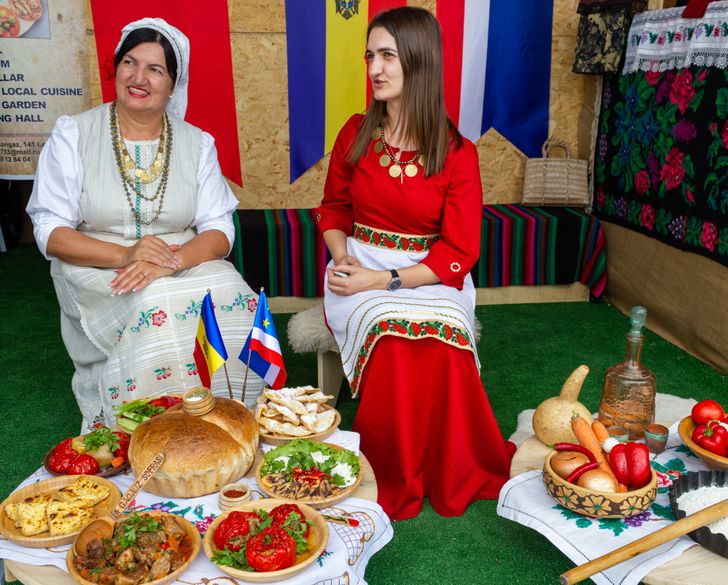I dream of being able to travel all around the world to come to see these people and get acquainted with their culture
8 Ethnic Groups That Are Full of Mysteries
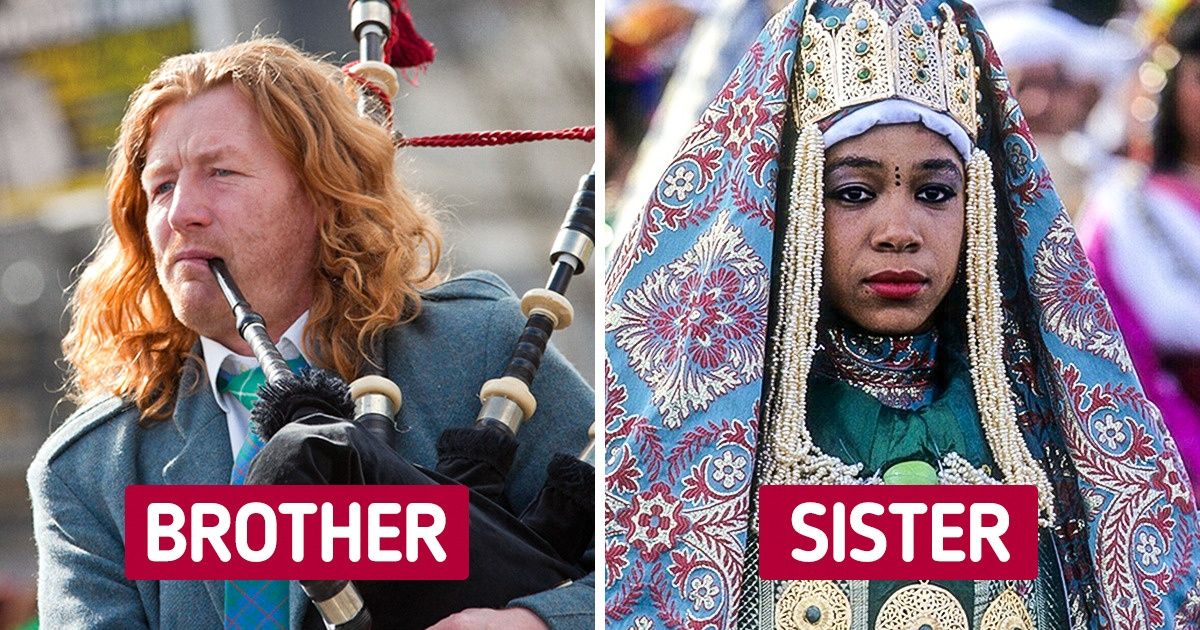
In the twenty-first century, science has reached such heights that it seems there are no more secrets left. Geneticists came to the aid of ethnologists and shed some light on the origins of many ethnic groups. But not all the puzzles have been solved. For example, how did Native Americans manage to get to Europe earlier than the Europeans got to the New World?
At Bright Side, we love mysteries, and that’s why we made a list of ethnic groups that make scientists scratch their heads in bewilderment.
Icelanders
It might seem that everything is clear in terms of this ethnic group’s origins. In the ninth century, Iceland became inhabited by Vikings who had arrived from Norway, and the island also had close ties with Denmark. Therefore, Icelanders are Scandinavians. Many genetic studies support this conclusion, adding that Irish and Scottish people were among the founding population of Iceland.
But there is another genetic study that revealed other ancestors that inhabited the island: Native Americans. According to the work of Spanish and Icelandic scientists, the first Native American to arrive in Europe may have been a woman brought to Iceland by Vikings over 1,000 years ago. She left offspring, and some of the island’s indigenous people possess her DNA.
Armenians
Armenians are believed to be one of the oldest living ethnic groups. According to the most widespread theory, Armenians, as an ethnic group, were formed sometime around the second millennium BCE on the territory of the Armenian Highlands, previously inhabited by the Urartians, Hurrians, and Luwians. According to another theory, the Armenian language is related to both Greek and Indo-Iranian languages, which means that there was a single Armenian-Greek-Indo-Iranian community. Supporters of this hypothesis believe that the Armenian Highlands is the birthplace of the Proto-Indo-European language, from which most modern languages originated.
Berbers
Berbers are an ethnic group that lives in North Africa, specifically in Morocco, Algeria, Tunisia, and Libya. Some of them are known to have fair skin and light eyes, and scientists have wondered since ancient times how these tribes arrived on the African continent.
According to some versions, Berbers are believed to have had contact with Europeans since ancient times. It has also been noted that the language of this ethnic group is similar to the languages of the Celtic group. Geneticists confirm that the first settlers to occupy Ireland are genetically identical to Berbers. So, 2 seemingly different groups have common roots. In addition to this, a relatively new theory suggests that the Celtic language was at one point a lingua franca, meaning it was adopted as a common language.
The Guanches
The Guanches are the aboriginal inhabitants of the Canary Islands. By the end of the fifteenth century, the group was partially exterminated and mixed with the Spaniards.
According to European conquerors, the natives of Tenerife were often fair-haired and had reddish-brown complexions. Modern science believes that the Guanches are related to Berbers, the ethnic group that inhabits North Africa.
Parsis
This ethnic group lives in the west of India. Legends say that this group fled from Iran because they were forbidden to practice their religion. Parsis were allowed to stay in India if they followed 3 rules: they had to speak the local language, follow local marriage customs, and not carry weapons. Since then, Parsis have integrated into the Indian community quite well, but they have different religions and traditions.
Genealogical studies of Parsis’ origin showed mixed results. One study says that the male lineage reflects their Persian roots, but another states that there is much more Indian DNA in their maternal lineage than from Iranians. A 2017 study found that Parsis are genetically closer to Neolithic Iranians than modern Iranians.
The British people
It might seem that everything is clear with who the British people are: they’re descendants of the Celts, Vikings, Romans, Anglo-Saxons, and Normans. But there was also the very first population of the British Isles, which we know almost nothing about. It was sometime within the eighth and eleventh centuries when the ancestral people divided into the English, the Scots, and the Welsh.
The Evenks
The inhabitants of the Siberian north, many of whom are still engaged in reindeer breeding, are the subject of arguments among ethnologists. They are recognized as one of the indigenous people of Russia’s North. In Addition, they are one of the ethnic groups recognized by the People’s Republic of China, and over 500 are believed to be living in Mongolia. There are various theories over their origins, with one being that they were formed from the mixing of various aboriginal tribes in Siberia.
The Gagauz
The Gagauz is a Turkic-speaking group living in the heart of Europe, in the Balkans. Scientists still can’t understand who they are and how they got there. Some researchers suggest that the Gagauz are the descendants of the Bulgars, the Cumans-Kipchaks, while others believe they are the ancestors of the Seljuk Turks. Some admit that the Turkic language was borrowed, and the ancestors of these people are the indigenous population of the Balkans. And even genetics can’t resolve this question: one study showed that the Gagauz have Balkan roots, while others revealed they have Turkic ancestry.
What ethnic group would you deem the most mysterious on Earth? Tell us in the comments below.
Comments
these people are soooo beautiful 😍
Hiya🤗! I am of Basque blood on my Grandpa's side. I learned a litte about them in college. Could you, please, teach me more? thanx
Related Reads
I Refused to Babysit My DIL’s Sick Son—I’m Not His Real Grandma

13 Stories Proving That Female Solidarity Turns Ordinary Women Into Legends

13 People Share the Things They’ve Been Hiding From Their Partners for Years

14 Mother-in-Law Moments That Became a Legendary Family Story

A Server Humiliated My Wife During Our Family Lunch—I Made Sure Everyone Knew

11 Stories Prove It Takes a Real Superpower to Handle Rude Customers

My Daughter Refused to Support Me—Despite Everything I Had Given Her

15 Stories That Show Kindness Is the Quiet Power the World Often Forgets

My DIL Excluded Me From Gender Reveal Party, Saying I’m "Not Family"—Big Mistake

I Absolutely Refuse to Tolerate My DIL’s Laziness, My Son Deserves a Wife, Not a Freeloader

My In-Laws Told Me Not to Share a Bed With My Wife—I Am Furious

My Niece Uninvited Me From Her Wedding the Night Before — Then Blamed Me for Ruining Everything

